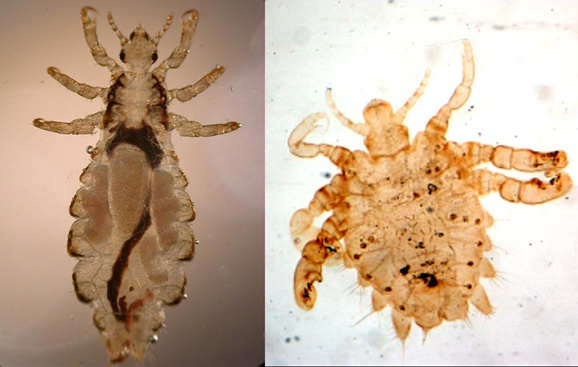军科院在PLoS ONE证实sRNA测序可鉴定微生物病原体
军科院微生物流行病研究所曹务春所长和童贻刚教授领衔团队在新研究中,表明sRNA深度测序数据的再利用可以追踪病原体的来源或发现出现/再次出现的传染疾病的新媒介。相关文章发表于2014年3月11日的《PLoS ONE》杂志上。

最近,研究人员利用小RNA(small RNA,sRNA)深度测序鉴定miRNA在植物和动物基因表达过程中转录和后转录的调控功能,该技术也是植物和无脊椎动物中发现病毒的有效策略。由于小RNA片段中可能含有来自所有RNA分子的RNA代谢物,如rRNAs,tRNAs,mRNA,snRNA,snoRNA等,那么利用sRNA测序数据就有可能作为一种通用策略来鉴定除了病毒外的多种微生物,包括原核生物和真核生物病原体。
为验证这一猜想,军科院微生物流行病研究所曹务春所长和童贻刚教授领衔团队对野外捕获的虱子和蚊子的sRNA测序数据进行了深入解读,成果发表在近期的PLOS ONE上。
在这项研究中,研究人员首先对野外捕获的虱子和蚊子进行sRNA测序(测序工作由联川生物承担完成),将深度测序得到的clean reads与ncbi核酸集合(非冗余核酸数据库)进行Blastn比对。然后将比对的结果进行了in-house Python scripts分析。
研究人员提出了一个识别假定病原体的经验公式。结果发现,不仅病毒还包括感兴趣的原核生物和真核生物病原体可以被筛选出,并可被后续的实验验证。特别地是,在北京采集的长角血蜱(Haemaphysalis longicornis)中发现一个新的立克次氏体属(Rickettsia spp.)。
研究结果表明sRNA深度测序数据的再利用可以追踪病原体的来源或发现出现/再次出现的传染疾病的新媒介。
原文摘要:
Lu Zhuang, Zhiyi Zhang, Xiaoping An, Hang Fan, Maijuan Ma, Benjamin D. Anderson, Jiafu Jiang, Wei Liu, Wuchun Cao, Yigang Tong
This paper explored our hypothesis that sRNA (18~30 bp) deep sequencing technique can be used as an efficient strategy to identify microorganisms other than viruses, such as prokaryotic and eukaryotic pathogens. In the study, the clean reads derived from the sRNA deep sequencing data of wild-caught ticks and mosquitoes were compared against the NCBI nucleotide collection (non-redundant nt database) using Blastn. The blast results were then analyzed with in-house Python scripts. An empirical formula was proposed to identify the putative pathogens. Results showed that not only viruses but also prokaryotic and eukaryotic species of interest can be screened out and were subsequently confirmed with experiments. Specially, a novel Rickettsia spp. was indicated to exist in Haemaphysalis longicornis ticks collected in Beijing. Our study demonstrated the reuse of sRNA deep sequencing data would have the potential to trace the origin of pathogens or discover novel agents of emerging/re-emerging infectious diseases.
作者:联川生物

